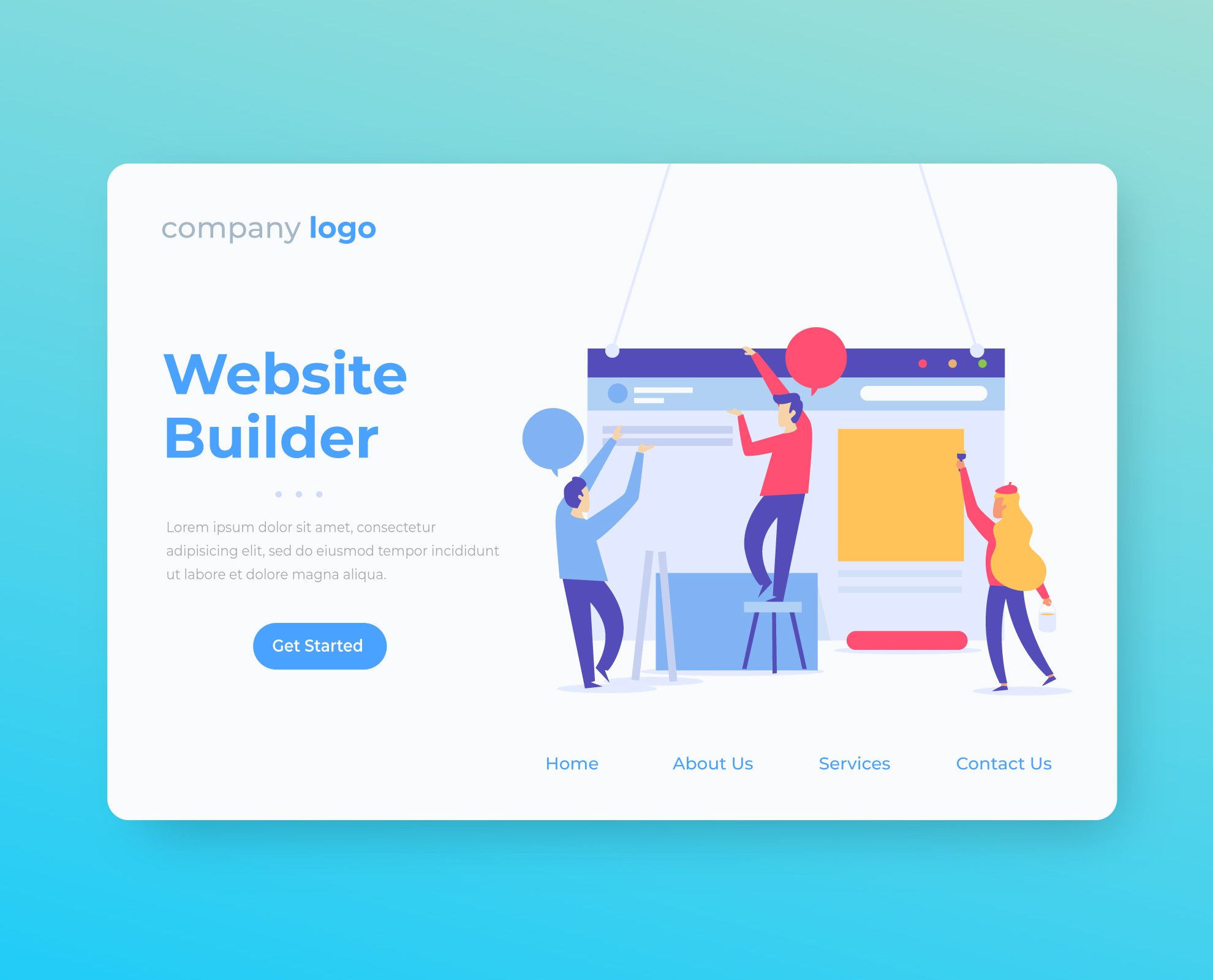
WordPress is a powerful content management system (CMS) that allows you to create and manage a blog or website without any coding knowledge. However, even with the wide range of themes available, you may still find yourself wanting to customize the layout of your pages beyond what is possible with a theme alone. This is where WordPress page builders come in.
A WordPress page builder is a plugin that allows you to create custom layouts for your pages using a drag-and-drop interface. This can be a great way to add unique and engaging designs to your site, without having to learn how to code.
There are a number of different WordPress page builders available, each with its own strengths and weaknesses. Some of the most popular page builders include:
-
- Elementor: Elementor is one of the most popular WordPress page builders, and for good reason. It offers a wide range of features and customization options, and it’s easy to use even for beginners.
-
- Beaver Builder: Beaver Builder is another popular option that’s known for its ease of use and flexibility. It offers a wide range of widgets and templates, and it’s compatible with a variety of themes.
-
- Visual Composer: Visual Composer is one of the oldest and most established WordPress page builders. It’s known for its powerful features and extensive library of elements.
-
- Divi: Divi is a popular page builder that’s known for its sleek design and user-friendly interface. It offers a wide range of features and customization options, and it’s compatible with a variety of themes.
-
- Thrive Architect: Thrive Architect is a powerful page builder that’s designed to help you create high-converting landing pages. It offers a wide range of features and customization options, and it’s compatible with a variety of themes.
When choosing a WordPress page builder, it’s important to consider your needs and budget. Some factors to consider include:
- Features: Make sure the page builder you choose offers the features you need to create the layouts you want.
- Ease of use: The page builder should be easy to use, even for beginners.
- Compatibility: Make sure the page builder you choose is compatible with your theme and other plugins.
- Price: Page builders can range in price from free to hundreds of dollars. Choose a page builder that fits your budget.
Once you’ve chosen a WordPress page builder, you can start creating custom layouts for your pages. The process will vary depending on the page builder you choose, but most page builders use a drag-and-drop interface to allow you to add and arrange elements on your page.
Here are some tips for creating custom layouts with a WordPress page builder:
- Start with a plan: Before you start designing your page, take some time to plan out what you want it to look like. This will help you avoid getting overwhelmed and make the design process go more smoothly.
- Use templates: If you’re not sure where to start, you can use a template to get your design started. Many page builders come with a library of templates that you can use.
- Add elements: Once you have a basic layout, you can start adding elements to your page. This could include text, images, videos, and other content.
- Customize the elements: You can customize the elements on your page to match your needs. This could include changing the font, color, and size of the text, or adding a border or shadow to an image.
- Preview your page: As you’re designing your page, be sure to preview it in different browsers and devices to make sure it looks good everywhere.
- Ask for feedback: Once you’re happy with the design of your page, ask for feedback from others. This will help you catch any errors or make any necessary changes.
With a WordPress page builder, you can create custom layouts for your pages that are both unique and engaging. With a little planning and effort, you can create a website that looks and feels exactly the way you want it to.






